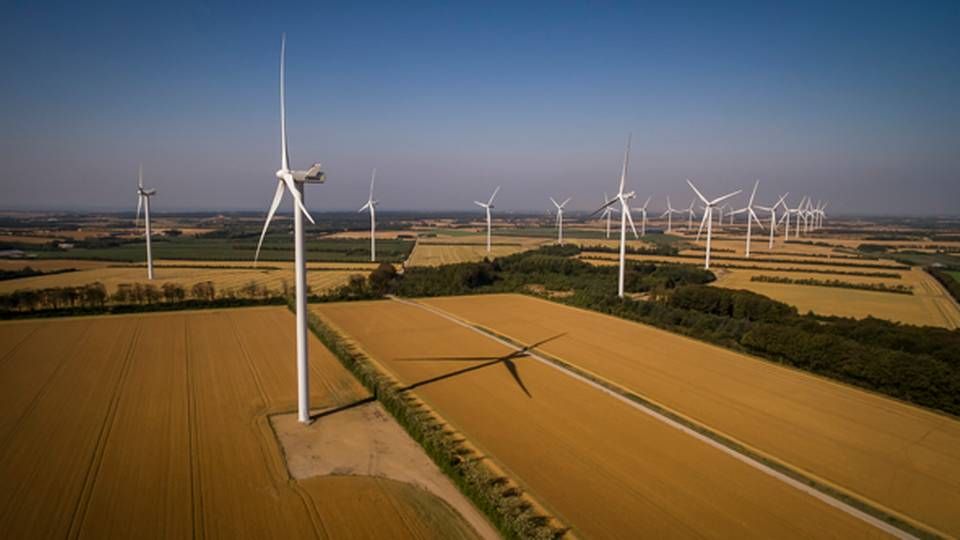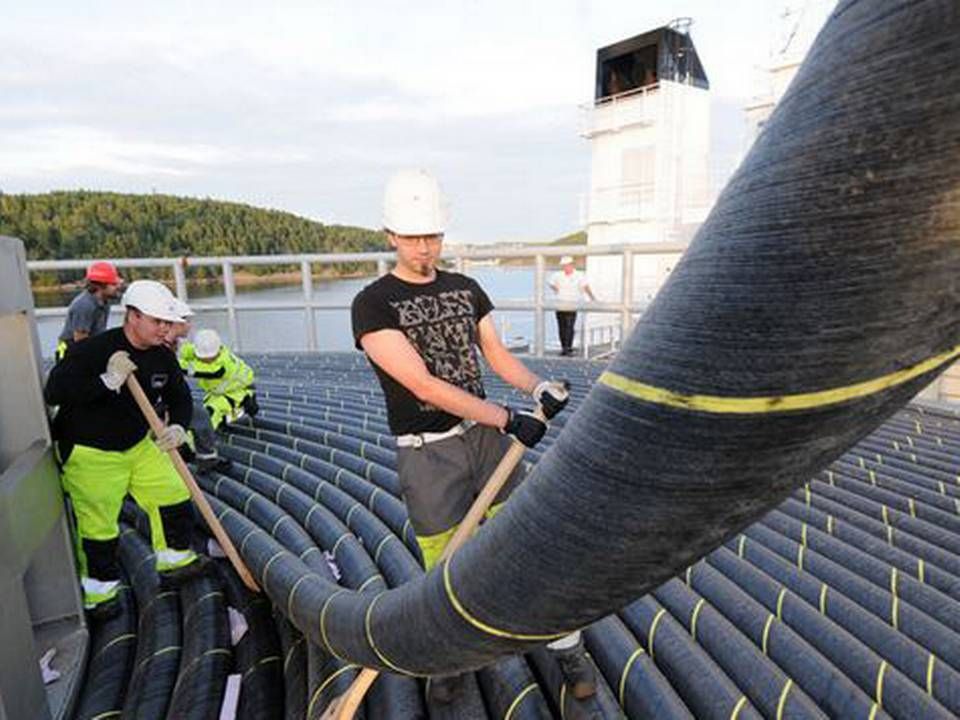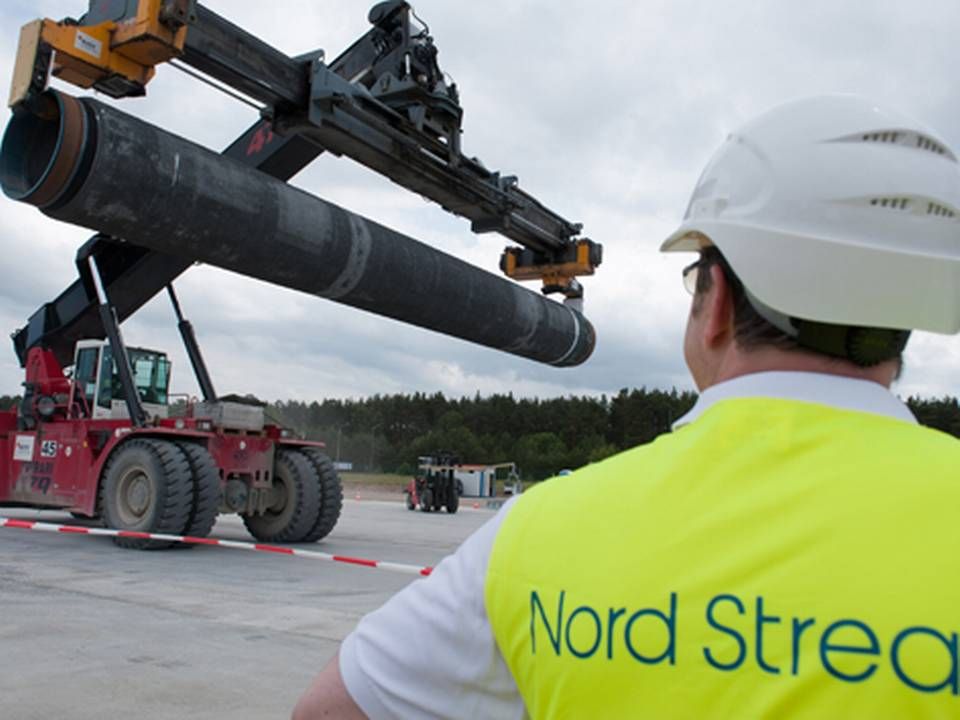EU approves Denmark's new scheme for onshore wind and solar

The EU Commission has approved the Danish government's plan for onshore wind, solar energy and coastal offshore wind projects to battle for state subsidies over 2018 and 2019, revealed the EU in a press release.
After subsidies for offshore wind turbines expired in February, the government proposed a new model whereby state subsidies are no longer earmarked for a particular green technology such as onshore turbines.
The different green energy forms will also battle for subsidies, with the winning energy source being the one which can deliver the most energy for the lowest price. The subsidy will be granted for 20 years commencing from the date of connection to the mains.
"We want competition. We believe that competition is the best approach to pressure the technologies into becoming "as cheap as possible," said climate and energy minister Lars Christian Lilleholt to Danish media yesterday when presenting the proposal for the first time.
"A historic breakthrough in Danish energy policy," said the minister of the transition from the onshore wind scheme and of the energy policy taking effect in 2020.
The EU Commission has now approved the "breakthrough" with a DKK 842 million (EUR 113 million) budget which can be distributed to either wind turbines or solar panels in 2018 and 2019. The EU has also green-lighted a subsidy scheme with an expected DKK 200 million budget for pilot and demo projects of onshore wind beyond the two national test centers for major turbines and a transition scheme for onshore wind with a DKK 40 million budget.
The Commission has made its assessment based on factors such as whether it will contribute to the EU's climate target, imposes the least possible cost on taxpayers and does not create unnecessary distortions of competition.
"On this basis, the Commission concluded that the measures will help Denmark boost the share of electricity produced from renewable energy sources, in line with the environmental objectives of the EU, while any distortion of competition caused by the state support is minimised."
The EU aims for renewable energy to make up 32 percent of energy consumption in 2030, and that energy efficiency will sit at 32.5 percent of what has been taken into account. The Commission has also evaluated that the scheme will impact whether Denmark can reach its goal that 50 percent of energy consumption will come from renewable energy in 2030, and the country will be fossil free in 2050.
As EnergyWatch has previously reported, the two respective tenders in 2018 and 2019 will according to the government's expectations generate a total 200 MW of solar and onshore wind divided amongst 75 MW next year. This has been strongly criticized by the wind turbine industry as it could slow down plans for current onshore wind projects and thereby mean far fewer installed turbines over the two years that have been previously installed.
English Edit: Lena Rutkowski
EIB provides loan for Nordic interconnector
Putin and Merkel discuss controversial gas pipeline at summit
Related articles
EIB provides loan for Nordic interconnector
For subscribers
























.jpg&w=384&q=75)